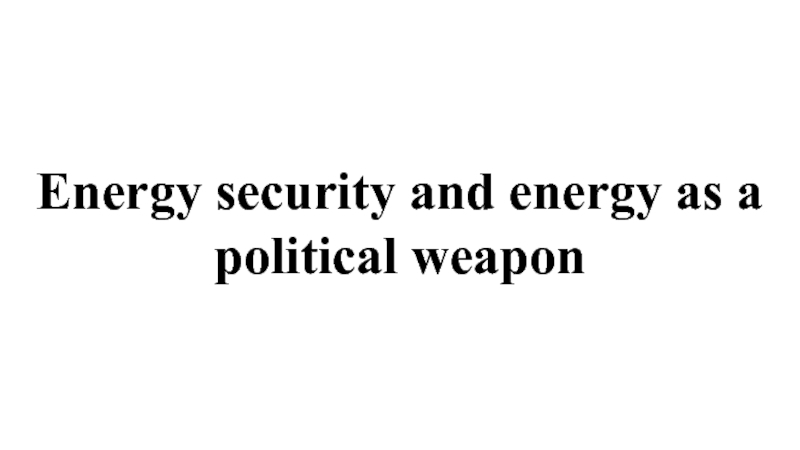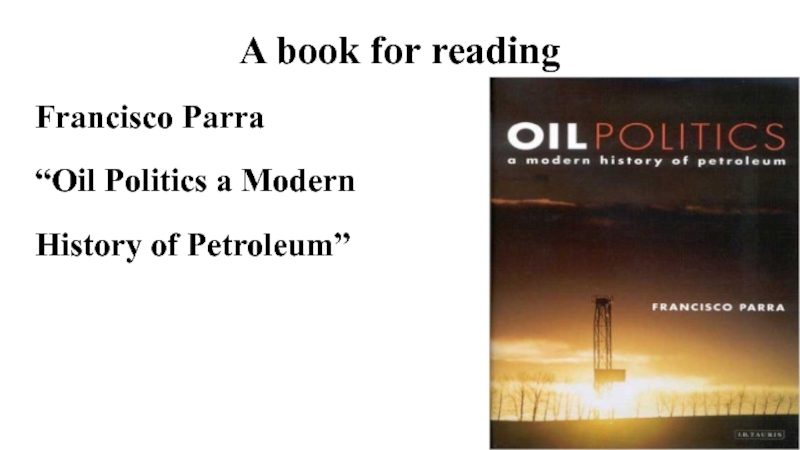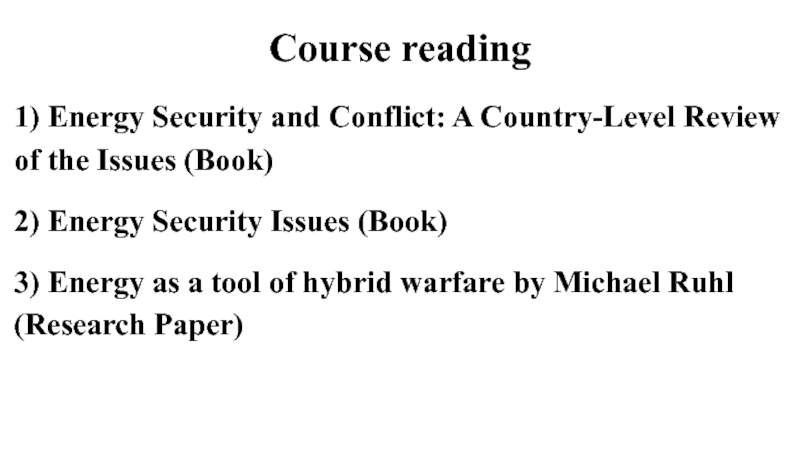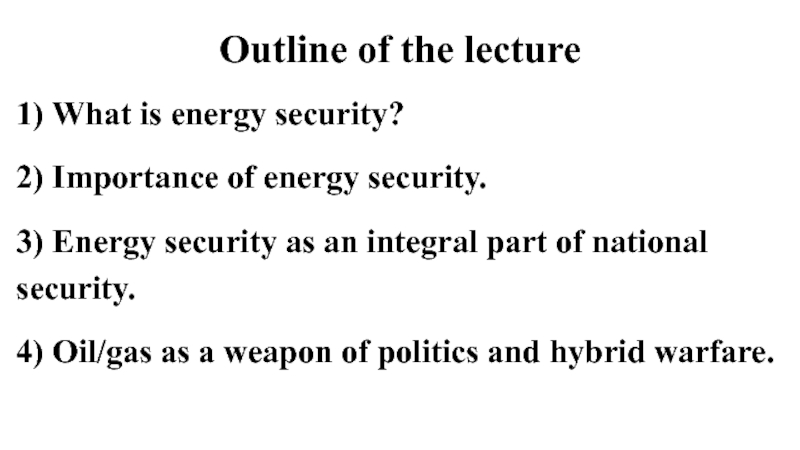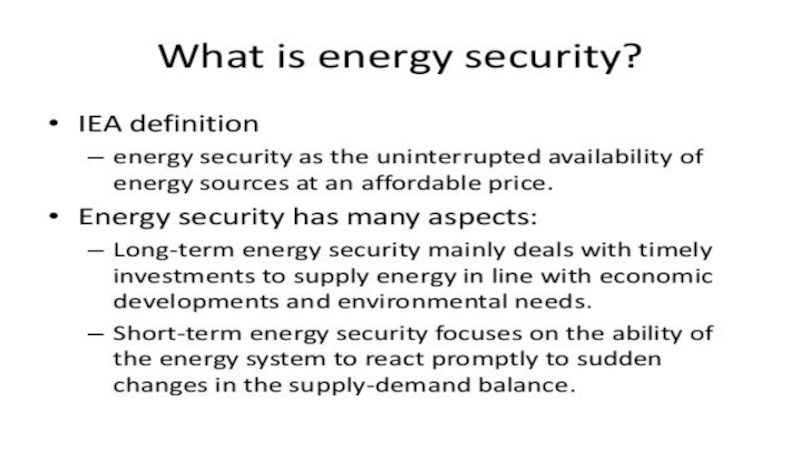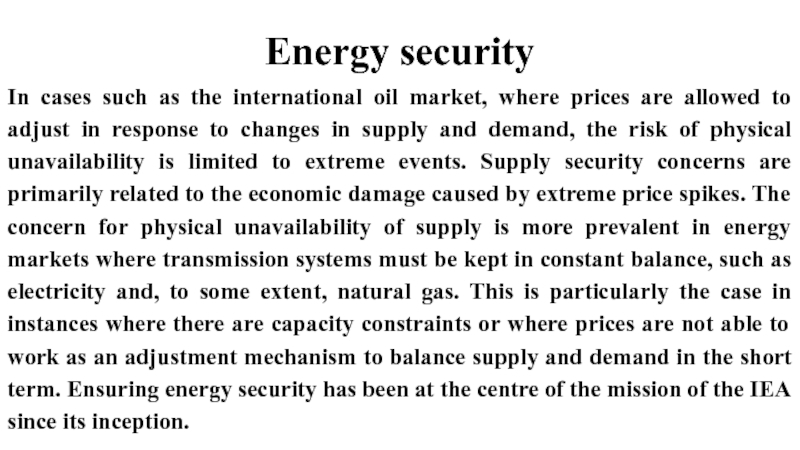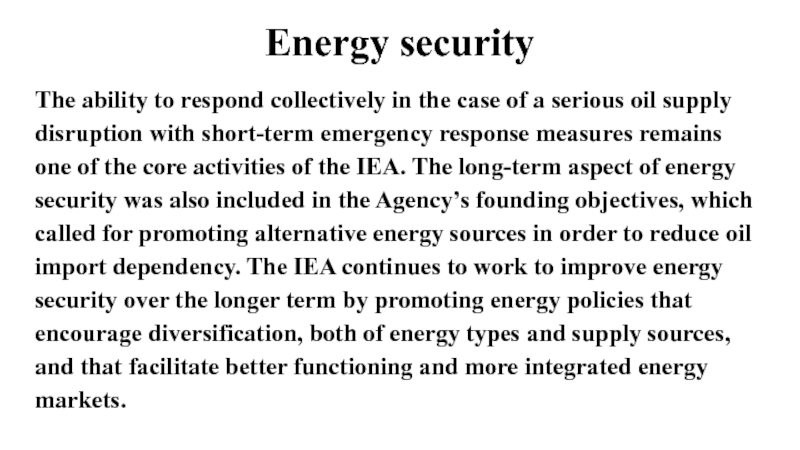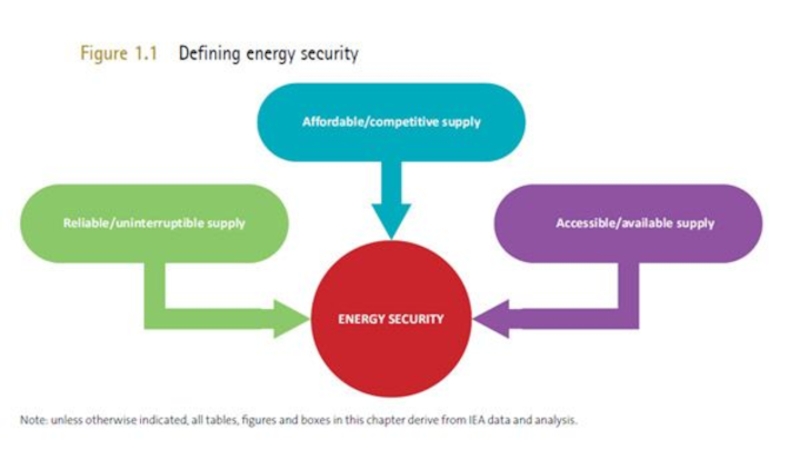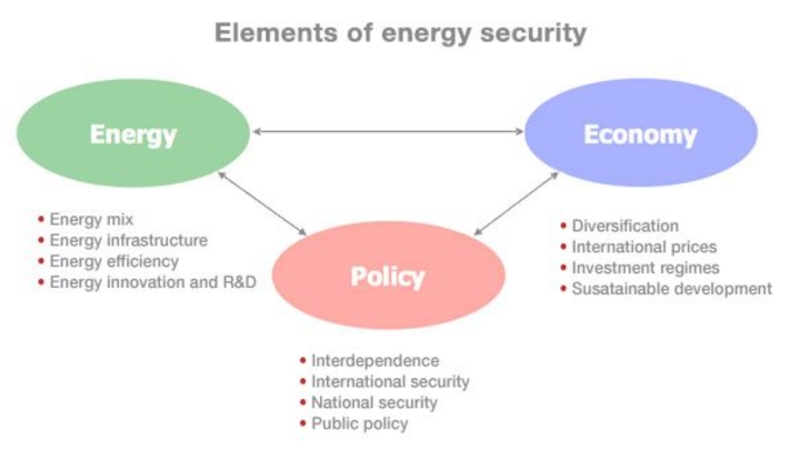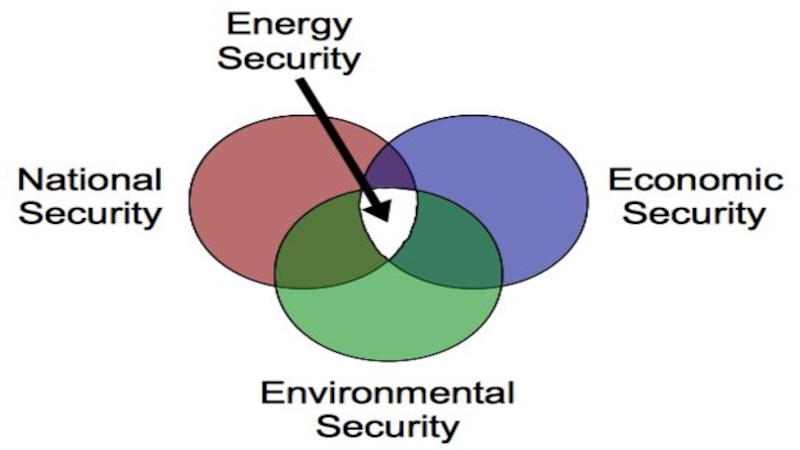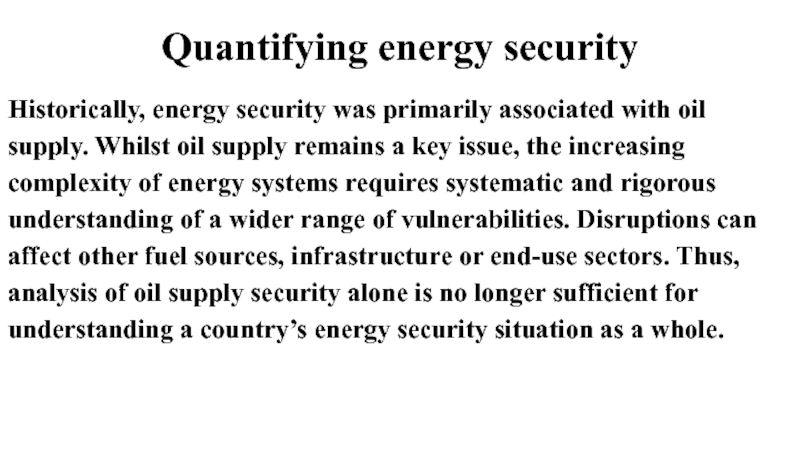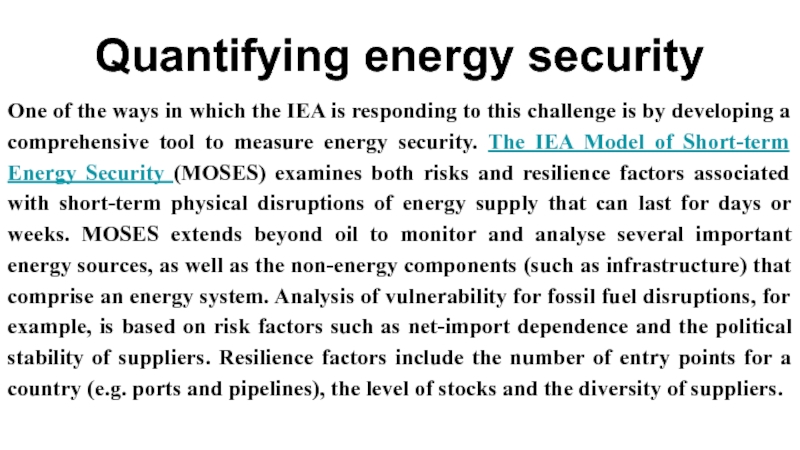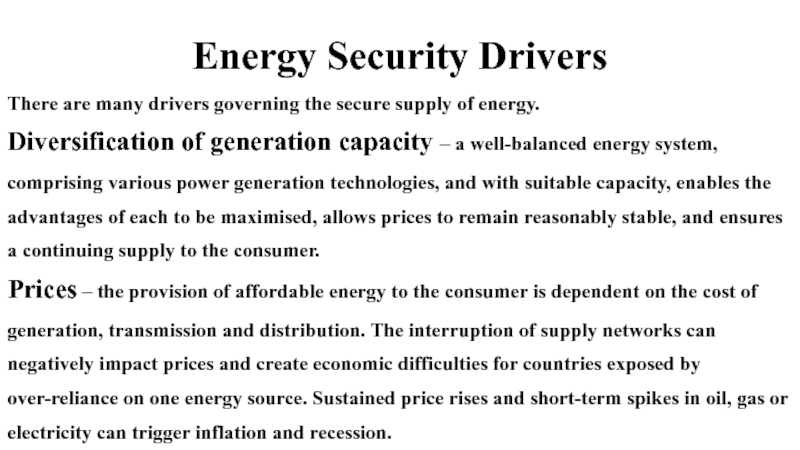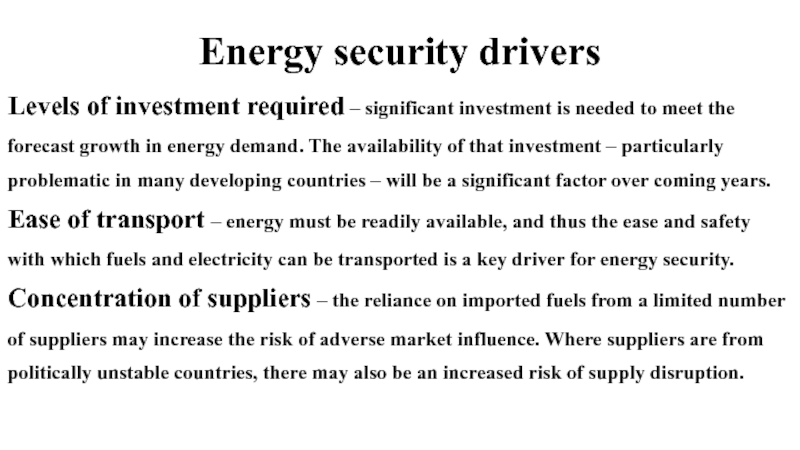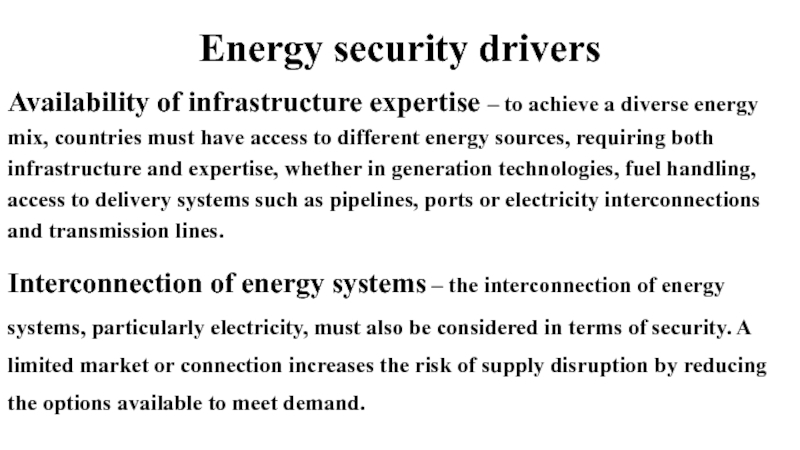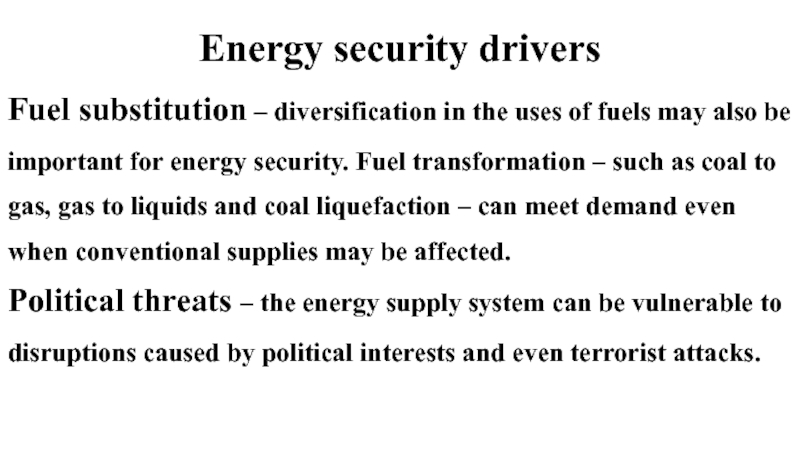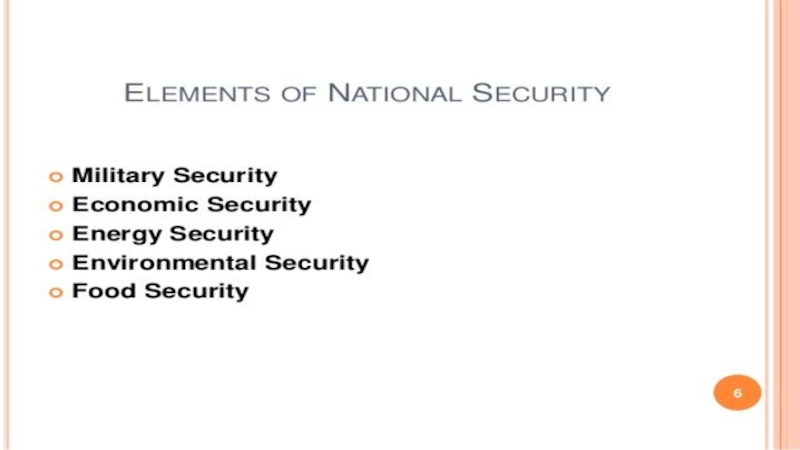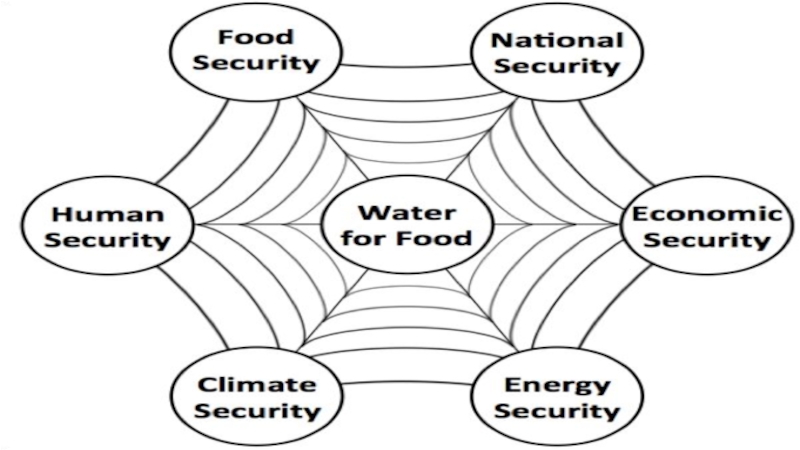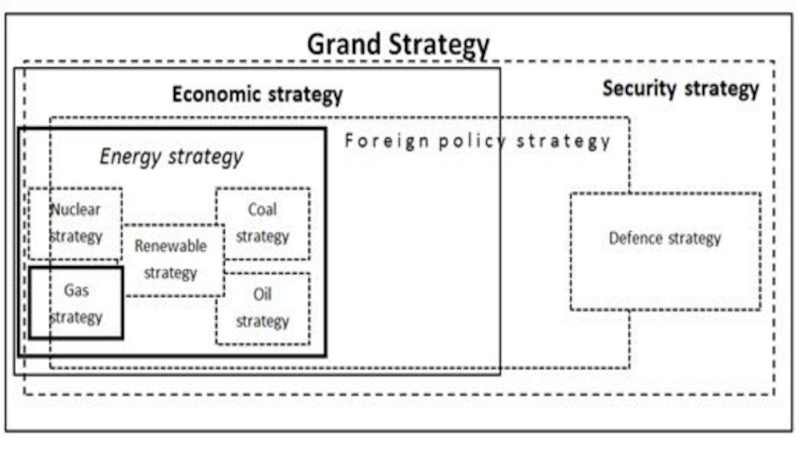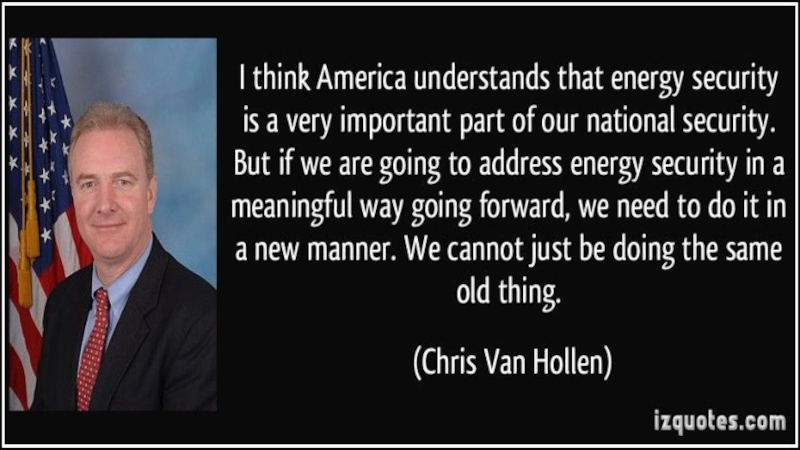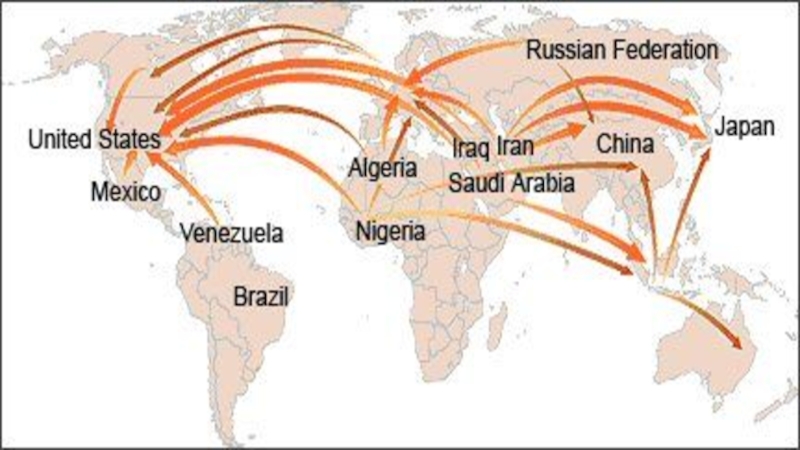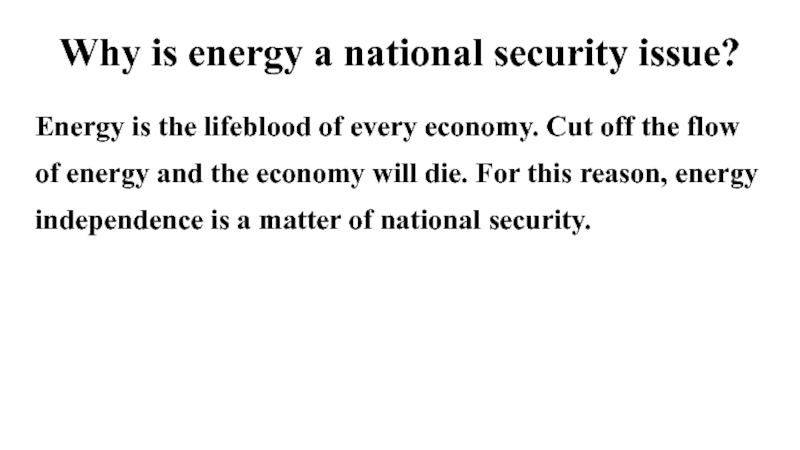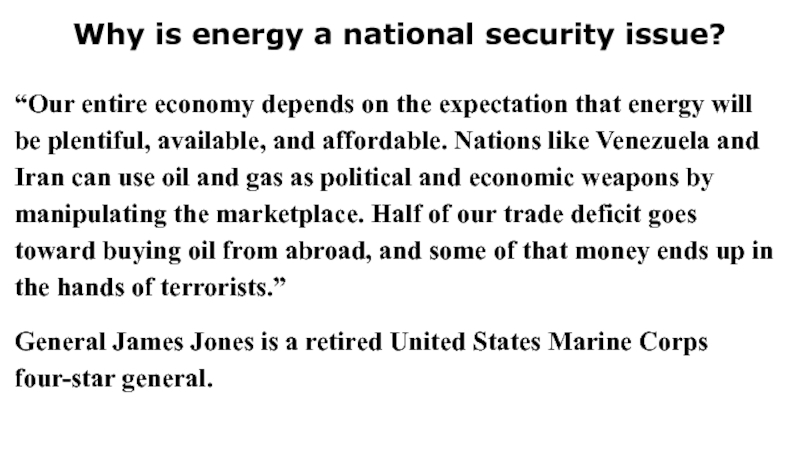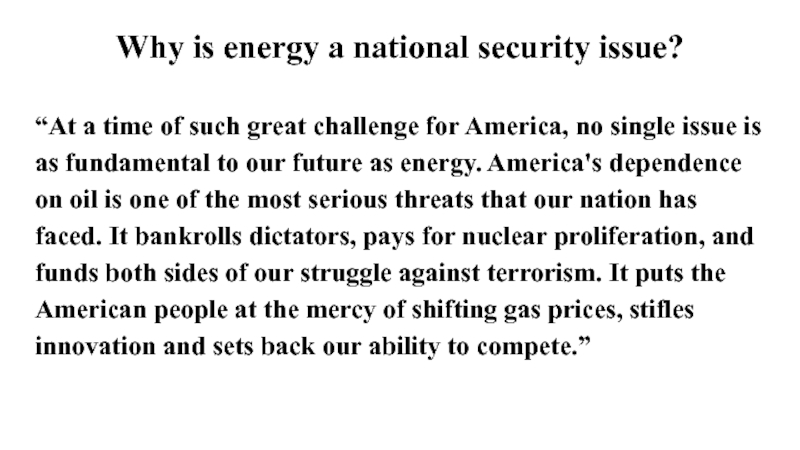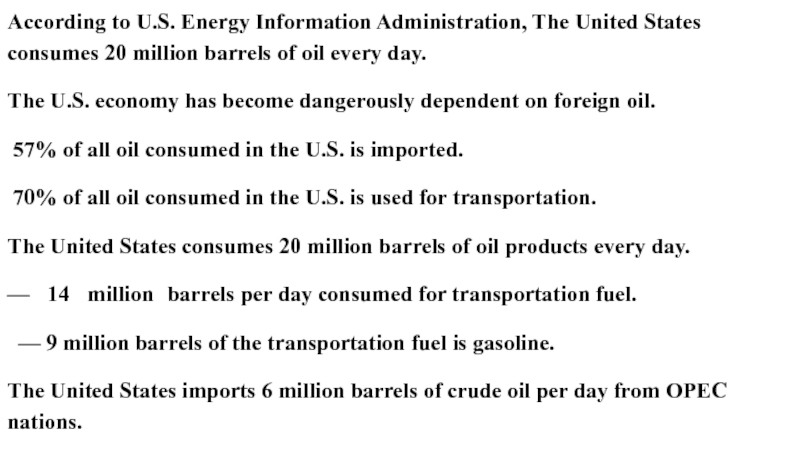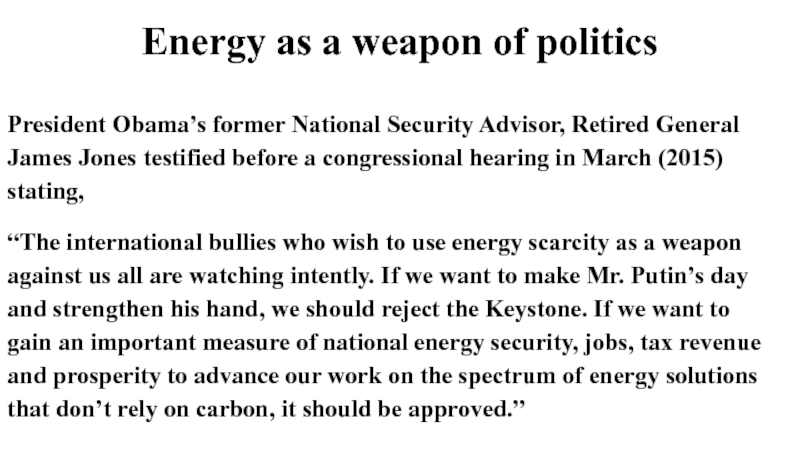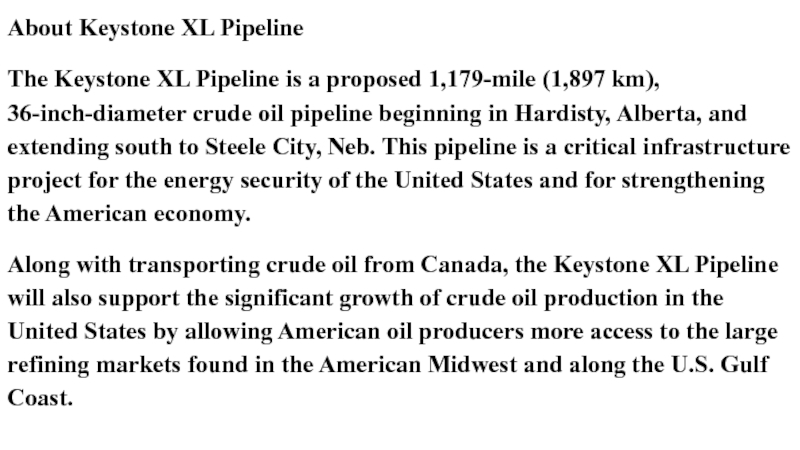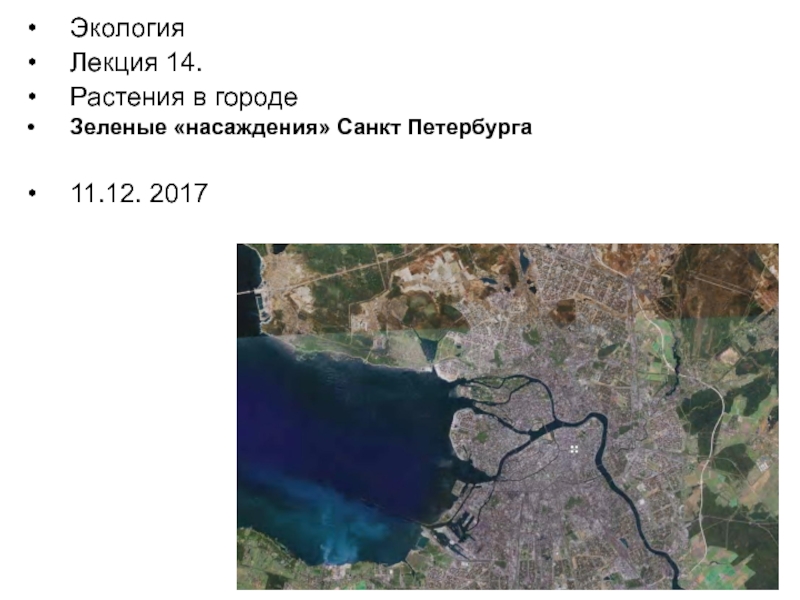Разделы презентаций
- Разное
- Английский язык
- Астрономия
- Алгебра
- Биология
- География
- Геометрия
- Детские презентации
- Информатика
- История
- Литература
- Математика
- Медицина
- Менеджмент
- Музыка
- МХК
- Немецкий язык
- ОБЖ
- Обществознание
- Окружающий мир
- Педагогика
- Русский язык
- Технология
- Физика
- Философия
- Химия
- Шаблоны, картинки для презентаций
- Экология
- Экономика
- Юриспруденция
Energy security and energy as a political weapon
Содержание
- 1. Energy security and energy as a political weapon
- 2. A book for readingFrancisco Parra “Oil Politics a Modern History of Petroleum”
- 3. Course reading1) Energy Security and Conflict: A
- 4. Outline of the lecture1) What is energy
- 5. Слайд 5
- 6. Energy securityIn cases such as the international
- 7. Energy securityThe ability to respond collectively in
- 8. Слайд 8
- 9. Слайд 9
- 10. Слайд 10
- 11. Quantifying energy securityHistorically, energy security was primarily
- 12. Quantifying energy securityOne of the ways in
- 13. Energy Security DriversThere are many drivers governing
- 14. Energy security driversLevels of investment required –
- 15. Energy security driversAvailability of infrastructure expertise –
- 16. Energy security driversFuel substitution – diversification in
- 17. Слайд 17
- 18. Слайд 18
- 19. Слайд 19
- 20. Слайд 20
- 21. Слайд 21
- 22. Why is energy a national security issue?Energy
- 23. Why is energy a national security issue?“Our
- 24. Why is energy a national security issue?
- 25. According to U.S. Energy Information Administration, The
- 26. Energy as a weapon of politicsPresident Obama’s
- 27. About Keystone XL PipelineThe Keystone XL Pipeline
- 28. Скачать презентанцию
A book for readingFrancisco Parra “Oil Politics a Modern History of Petroleum”
Слайды и текст этой презентации
Слайд 3Course reading
1) Energy Security and Conflict: A Country-Level Review of
the Issues (Book)
2) Energy Security Issues (Book)
3) Energy as a
tool of hybrid warfare by Michael Ruhl (Research Paper) Слайд 4Outline of the lecture
1) What is energy security?
2) Importance of
energy security.
3) Energy security as an integral part of national
security.4) Oil/gas as a weapon of politics and hybrid warfare.
Слайд 6Energy security
In cases such as the international oil market, where
prices are allowed to adjust in response to changes in
supply and demand, the risk of physical unavailability is limited to extreme events. Supply security concerns are primarily related to the economic damage caused by extreme price spikes. The concern for physical unavailability of supply is more prevalent in energy markets where transmission systems must be kept in constant balance, such as electricity and, to some extent, natural gas. This is particularly the case in instances where there are capacity constraints or where prices are not able to work as an adjustment mechanism to balance supply and demand in the short term. Ensuring energy security has been at the centre of the mission of the IEA since its inception.Слайд 7Energy security
The ability to respond collectively in the case of
a serious oil supply disruption with short-term emergency response measures
remains one of the core activities of the IEA. The long-term aspect of energy security was also included in the Agency’s founding objectives, which called for promoting alternative energy sources in order to reduce oil import dependency. The IEA continues to work to improve energy security over the longer term by promoting energy policies that encourage diversification, both of energy types and supply sources, and that facilitate better functioning and more integrated energy markets.Слайд 11Quantifying energy security
Historically, energy security was primarily associated with oil
supply. Whilst oil supply remains a key issue, the increasing
complexity of energy systems requires systematic and rigorous understanding of a wider range of vulnerabilities. Disruptions can affect other fuel sources, infrastructure or end-use sectors. Thus, analysis of oil supply security alone is no longer sufficient for understanding a country’s energy security situation as a whole.Слайд 12Quantifying energy security
One of the ways in which the IEA
is responding to this challenge is by developing a comprehensive
tool to measure energy security. The IEA Model of Short-term Energy Security (MOSES) examines both risks and resilience factors associated with short-term physical disruptions of energy supply that can last for days or weeks. MOSES extends beyond oil to monitor and analyse several important energy sources, as well as the non-energy components (such as infrastructure) that comprise an energy system. Analysis of vulnerability for fossil fuel disruptions, for example, is based on risk factors such as net-import dependence and the political stability of suppliers. Resilience factors include the number of entry points for a country (e.g. ports and pipelines), the level of stocks and the diversity of suppliers.Слайд 13Energy Security Drivers
There are many drivers governing the secure supply
of energy.
Diversification of generation capacity – a well-balanced energy system,
comprising various power generation technologies, and with suitable capacity, enables the advantages of each to be maximised, allows prices to remain reasonably stable, and ensures a continuing supply to the consumer.Prices – the provision of affordable energy to the consumer is dependent on the cost of generation, transmission and distribution. The interruption of supply networks can negatively impact prices and create economic difficulties for countries exposed by over-reliance on one energy source. Sustained price rises and short-term spikes in oil, gas or electricity can trigger inflation and recession.
Слайд 14Energy security drivers
Levels of investment required – significant investment is
needed to meet the forecast growth in energy demand. The
availability of that investment – particularly problematic in many developing countries – will be a significant factor over coming years.Ease of transport – energy must be readily available, and thus the ease and safety with which fuels and electricity can be transported is a key driver for energy security.
Concentration of suppliers – the reliance on imported fuels from a limited number of suppliers may increase the risk of adverse market influence. Where suppliers are from politically unstable countries, there may also be an increased risk of supply disruption.
Слайд 15Energy security drivers
Availability of infrastructure expertise – to achieve a
diverse energy mix, countries must have access to different energy
sources, requiring both infrastructure and expertise, whether in generation technologies, fuel handling, access to delivery systems such as pipelines, ports or electricity interconnections and transmission lines.Interconnection of energy systems – the interconnection of energy systems, particularly electricity, must also be considered in terms of security. A limited market or connection increases the risk of supply disruption by reducing the options available to meet demand.
Слайд 16Energy security drivers
Fuel substitution – diversification in the uses of
fuels may also be important for energy security. Fuel transformation
– such as coal to gas, gas to liquids and coal liquefaction – can meet demand even when conventional supplies may be affected.Political threats – the energy supply system can be vulnerable to disruptions caused by political interests and even terrorist attacks.
Слайд 22Why is energy a national security issue?
Energy is the lifeblood
of every economy. Cut off the flow of energy and
the economy will die. For this reason, energy independence is a matter of national security.Слайд 23Why is energy a national security issue?
“Our entire economy depends
on the expectation that energy will be plentiful, available, and
affordable. Nations like Venezuela and Iran can use oil and gas as political and economic weapons by manipulating the marketplace. Half of our trade deficit goes toward buying oil from abroad, and some of that money ends up in the hands of terrorists.”General James Jones is a retired United States Marine Corps four-star general.
Слайд 24Why is energy a national security issue?
“At a time
of such great challenge for America, no single issue is
as fundamental to our future as energy. America's dependence on oil is one of the most serious threats that our nation has faced. It bankrolls dictators, pays for nuclear proliferation, and funds both sides of our struggle against terrorism. It puts the American people at the mercy of shifting gas prices, stifles innovation and sets back our ability to compete.”Слайд 25According to U.S. Energy Information Administration, The United States consumes
20 million barrels of oil every day.
The U.S. economy has
become dangerously dependent on foreign oil.57% of all oil consumed in the U.S. is imported.
70% of all oil consumed in the U.S. is used for transportation.
The United States consumes 20 million barrels of oil products every day.
— 14 million barrels per day consumed for transportation fuel.
— 9 million barrels of the transportation fuel is gasoline.
The United States imports 6 million barrels of crude oil per day from OPEC nations.
Слайд 26Energy as a weapon of politics
President Obama’s former National Security
Advisor, Retired General James Jones testified before a congressional hearing
in March (2015) stating,“The international bullies who wish to use energy scarcity as a weapon against us all are watching intently. If we want to make Mr. Putin’s day and strengthen his hand, we should reject the Keystone. If we want to gain an important measure of national energy security, jobs, tax revenue and prosperity to advance our work on the spectrum of energy solutions that don’t rely on carbon, it should be approved.”
Слайд 27About Keystone XL Pipeline
The Keystone XL Pipeline is a proposed
1,179-mile (1,897 km), 36-inch-diameter crude oil pipeline beginning in Hardisty,
Alberta, and extending south to Steele City, Neb. This pipeline is a critical infrastructure project for the energy security of the United States and for strengthening the American economy.Along with transporting crude oil from Canada, the Keystone XL Pipeline will also support the significant growth of crude oil production in the United States by allowing American oil producers more access to the large refining markets found in the American Midwest and along the U.S. Gulf Coast.
